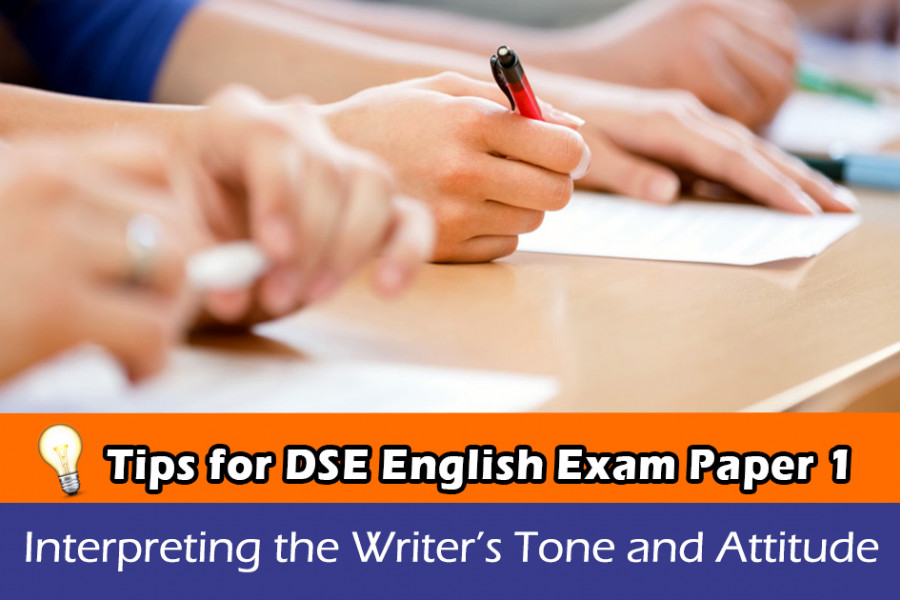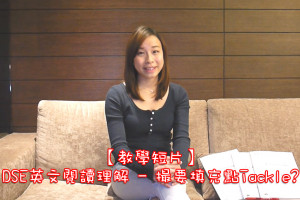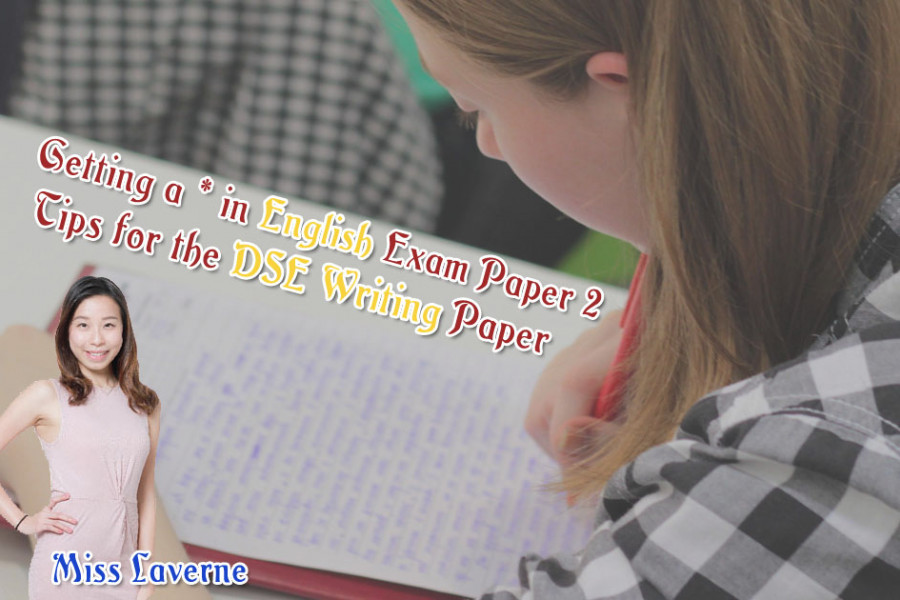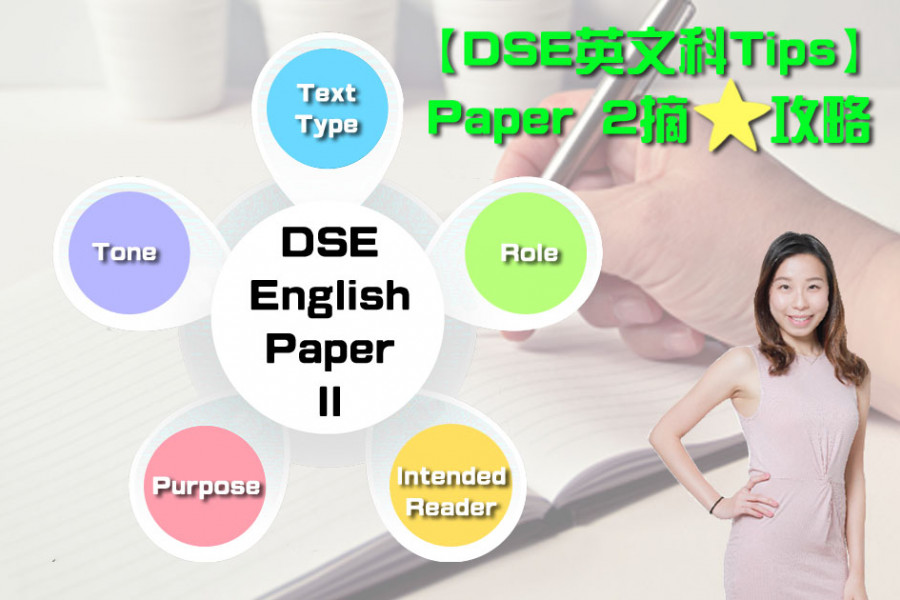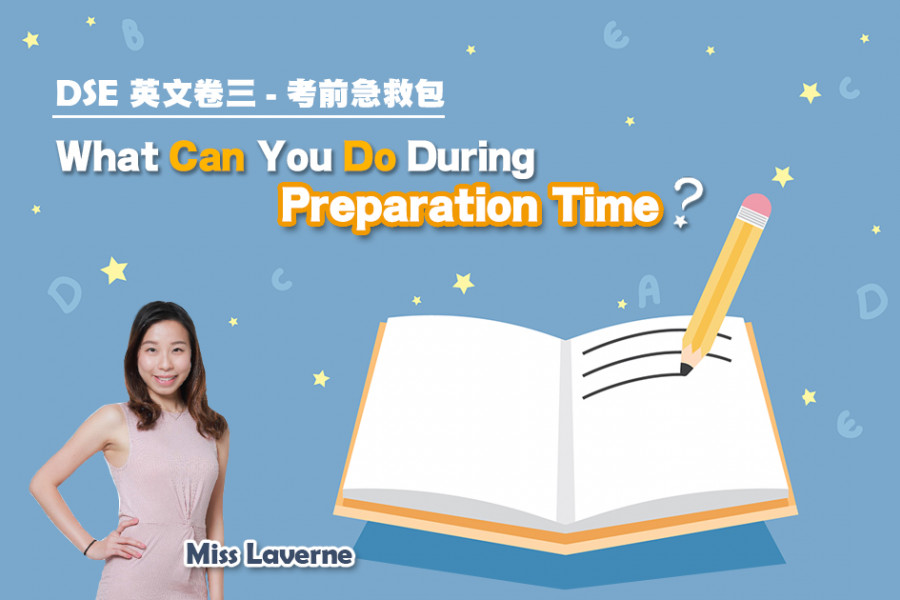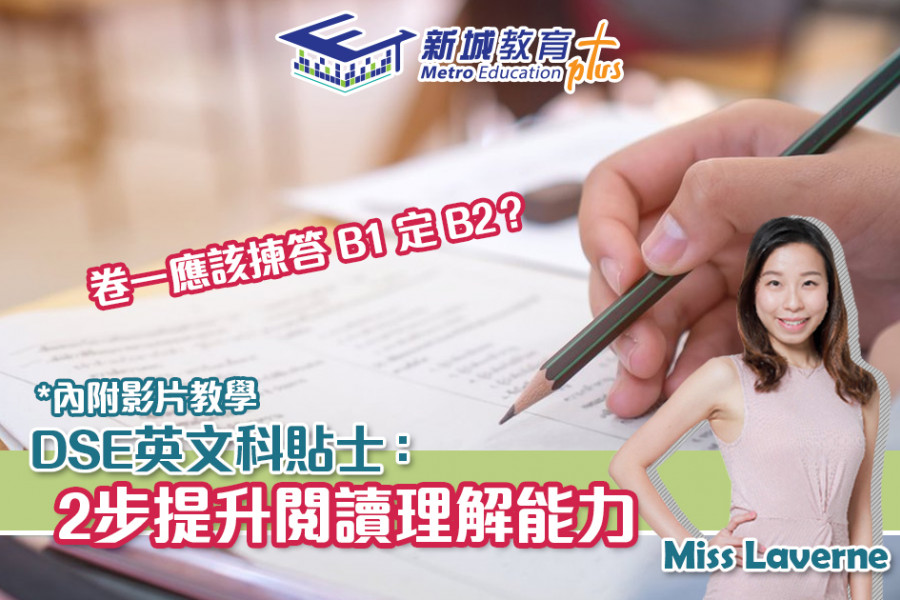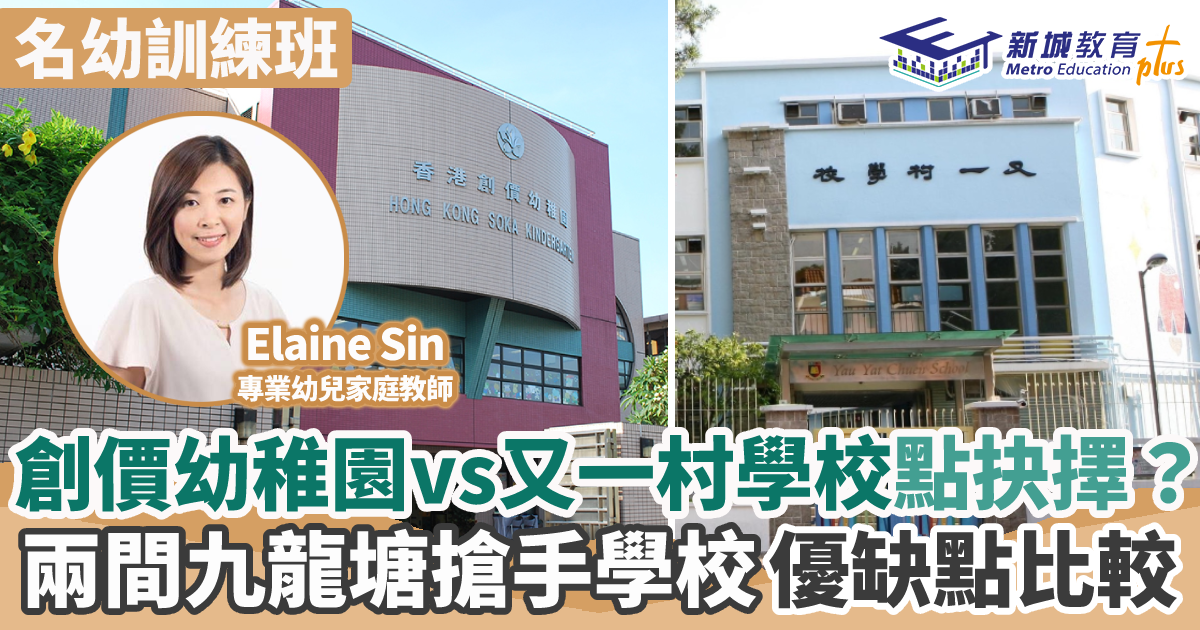In Paper 1, questions are often asked to test candidates’ ability to interpret the writer’s tone and attitude in a text. The English Language Curriculum and Assessment Guide (Secondary 4 – 6) suggests that in order to be an effective reader, learners should be able to recognise ‘the tone, mood and intention of the writer and his or her attitude to the theme or topic’.
Tag Archives: 中學
Summary cloze (撮要填充) is a common question type in Paper 1. It is a reading comprehension task in which some words are omitted (刪去) from a paragraph and candidates are required to fill in the blanks with the information from the original text.
Every year, the Hong Kong Examinations and Assessment Authority publishes a comprehensive report on the DSE English Language examination. The marking schemes and examiner’s comments on candidates’ performance provide useful information for both teachers and students regarding the assessment requirements and how to excel in the papers.
In the last article, we have reviewed the format of Paper 2, identified some questions to think about when we plan our writing, and learnt how to succeed in the paper based on the three marking criteria: content, language and organisation.
The Listening and Integrated Skills paper is a component that carries the heaviest weighting (30%) in the English subject mark. The paper consists of two parts. Part A is compulsory and it includes 4 theme-based tasks. For Part B, candidates are required to attempt either Section 1 (easier) or Section 2 (more difficult). Let’s focus on Part A this time.
The DSE English Paper 4 (Speaking) is divided into two parts: Group Discussion and Individual Response. In order to succeed in this paper, candidates need to do well in four domains: Pronunciation and Delivery (發音與演講方式); Communication Strategies (溝通策略); Vocabulary and Language Patterns (字彙和句式) and Ideas and Organisation (意見與組織).
Challenging Questions in 2019 DSE English Exam Paper 1 Part B2: Exploring Common Question Types and Answering Techniques

